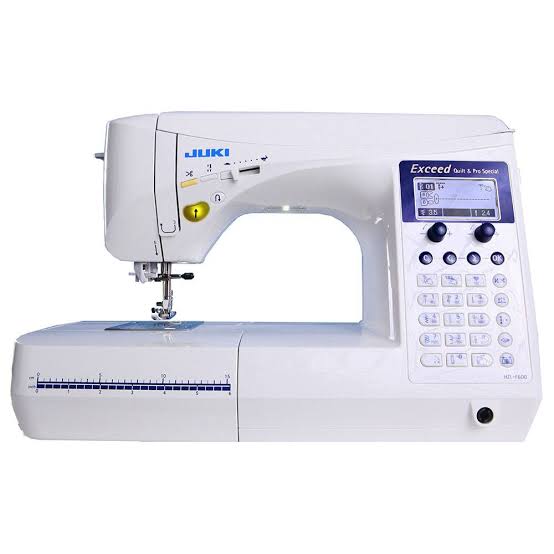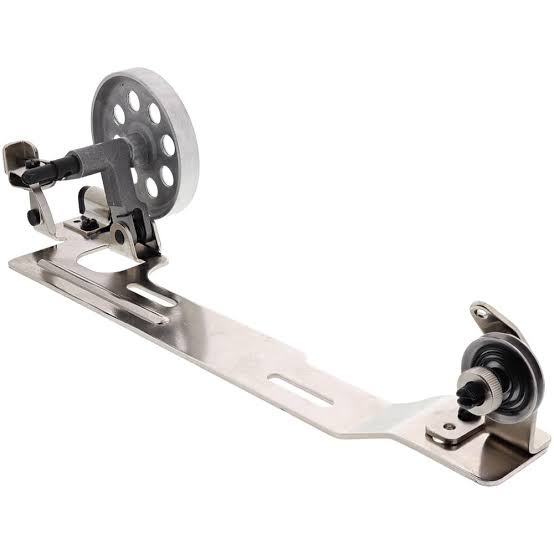.
Introduction
If you’re an avid sewist or just getting started with your Juki sewing machine, you might have come across the terms “F bobbins” and “L bobbins.” Naturally, this raises a question: are Juki F and L bobbins the same? Using the right bobbin type is critical because the wrong one can lead to uneven stitches, thread tension issues, or even damage your machine. In this guide, we’ll dive deep into the world of Juki bobbins, breaking down the differences, why they matter, and how to choose the right bobbin every time. Let’s make sure your next sewing project runs smoothly without a single thread out of place!
What Are Bobbins and Why Do They Matter?
Bobbins are small spools or cylinders that hold the lower thread in a sewing machine. When sewing, the machine pulls thread from both the bobbin and the top spool to create secure stitches. But not all bobbins are made the same. They vary in size, weight, and material—all of which affect the quality of your stitches and the overall performance of your machine.
For Juki machines, specifically, using the correct bobbin type is crucial. Each Juki model is designed for specific bobbin dimensions, so let’s get into the differences between F and L bobbins.

Juki F vs. L Bobbins: The Differences Explained
1. Shape and Size
- Juki F Bobbins: These bobbins are generally larger than L bobbins and are commonly used in specific Juki models designed to handle higher sewing speeds or thicker materials.
- Juki L Bobbins: L bobbins are smaller and more compact, and are often used in domestic or home sewing machines. They are lighter and better suited for machines that don’t require high-speed stitching.
2. Material
- Juki F Bobbins: Most F bobbins are made from metal or high-quality plastic, adding to their durability and stability, especially at high speeds.
- Juki L Bobbins: L bobbins are also available in metal and plastic, but they are often lighter to reduce the strain on home sewing machines.
3. Thread Capacity
- Juki F Bobbins: Due to their larger size, F bobbins can hold more thread, making them ideal for projects requiring continuous stitching.
- Juki L Bobbins: While L bobbins hold less thread, they are sufficient for most home sewing needs. If you’re working on shorter seams or simple projects, an L bobbin will do the trick.
4. Compatibility with Juki Models
- Juki F Bobbins: These bobbins are specifically designed for industrial-grade Juki machines, which often handle thicker fabrics and require a bobbin that can keep up.
- Juki L Bobbins: L bobbins are typically compatible with home or mid-range Juki machines, as they are more lightweight and easier on the machine.
Why Compatibility Matters: Risks of Using the Wrong Bobbin
Using the wrong bobbin type may not seem like a big deal, but it can have some frustrating (and costly) consequences. Here’s why choosing the right bobbin is essential:
- Stitch Quality Issues: Incorrect bobbins can lead to skipped stitches, uneven tension, and thread breaks.
- Machine Damage: Using a too-large bobbin could damage your machine’s bobbin case or other internal parts.
- Reduced Efficiency: The wrong bobbin can cause frequent stops and starts, as well as thread jams, slowing down your sewing process.
In short, using the right bobbin type is crucial for keeping your machine in good shape and ensuring a pleasant sewing experience.

Tips for Choosing and Using Juki Bobbins
If you’re still unsure which bobbin type is right for you, here are some simple tips to make the decision easier:
- Check Your Machine’s Manual
Each Juki model specifies the recommended bobbin type. Check the manual to see if your machine takes F or L bobbins, as this information will save you from any confusion. - Stick to Manufacturer Recommendations
Even if other bobbins appear to fit, sticking to the manufacturer’s recommended bobbin type is best. Juki has engineered these specific bobbins for optimal performance with your machine. - Inspect Bobbins for Damage
Before using any bobbin, inspect it for cracks or wear. Even a small crack can lead to stitching issues or damage to your machine. - Don’t Overfill the Bobbin
Whether you’re using an F or L bobbin, avoid overfilling it with thread. Too much thread can lead to jams and messy stitching. - Keep a Stock of Both Types (if Needed)
If you own multiple Juki machines that use different bobbin types, keep a small stock of each on hand. Labeling them can help you avoid grabbing the wrong type in the middle of a project.
Common Misconceptions About Juki Bobbins
Let’s clear up a few myths surrounding Juki bobbins to set the record straight:
- Myth: All bobbins are interchangeable.
- Reality: Bobbins are machine-specific, and using the wrong one can cause issues, even if it physically fits.
- Myth: Metal bobbins are always better than plastic.
- Reality: Both metal and plastic bobbins have their pros and cons. For example, metal bobbins tend to be more durable but may add extra weight, while plastic bobbins are lighter and sometimes better suited for delicate machines.
- Myth: It’s okay to mix and match bobbin types.
- Reality: Even though it might be tempting, using bobbins designed for another machine can result in poor stitch quality and potential damage to your machine.
Conclusion
In the sewing world, details matter—and bobbin selection is one of those seemingly small decisions that can make a big difference in your projects. So, are Juki F and L bobbins the same? Not exactly. While they may appear similar to the untrained eye, each serves a different purpose and is best suited for specific Juki models. By understanding the unique characteristics of F and L bobbins, you can ensure smoother stitching, better performance, and a longer life for your machine.
FAQs
Q: Can I use L bobbins in a Juki machine designed for F bobbins?
A: No, it’s best to use the bobbin type recommended for your Juki machine. Using an incompatible bobbin can affect stitch quality and potentially harm your machine.
Q: How can I tell if my Juki machine needs F or L bobbins?
A: Check your machine’s manual. Juki specifies the appropriate bobbin type in the manual or on the manufacturer’s website.
Q: Are metal bobbins better than plastic bobbins?
A: Both have pros and cons. Metal bobbins are durable but heavier, while plastic bobbins are lighter, making them ideal for some home machines.
Q: What happens if I use the wrong bobbin size?
A: Using the wrong size can lead to thread tension issues, jammed stitches, and even machine damage.
Q: Can I use Juki F or L bobbins in other sewing machines?
A: It’s always best to use the bobbin type specified for your machine’s brand and model, as not all bobbins are universally compatible.
With the right bobbin, you’re well on your way to a smoother, more enjoyable sewing experience. Happy stitching!

